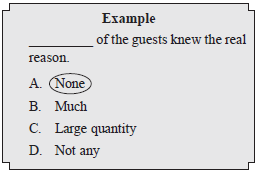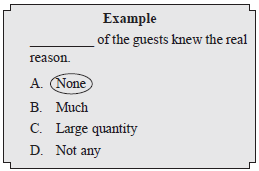Post Your Answer
Ans 1:
Class : Class 9
I think told will come when we are speaking indirectly like:
Rahul told me that he scored bad in English
And said is used when speaking directly:
Rahul said "I scored bad in English"




